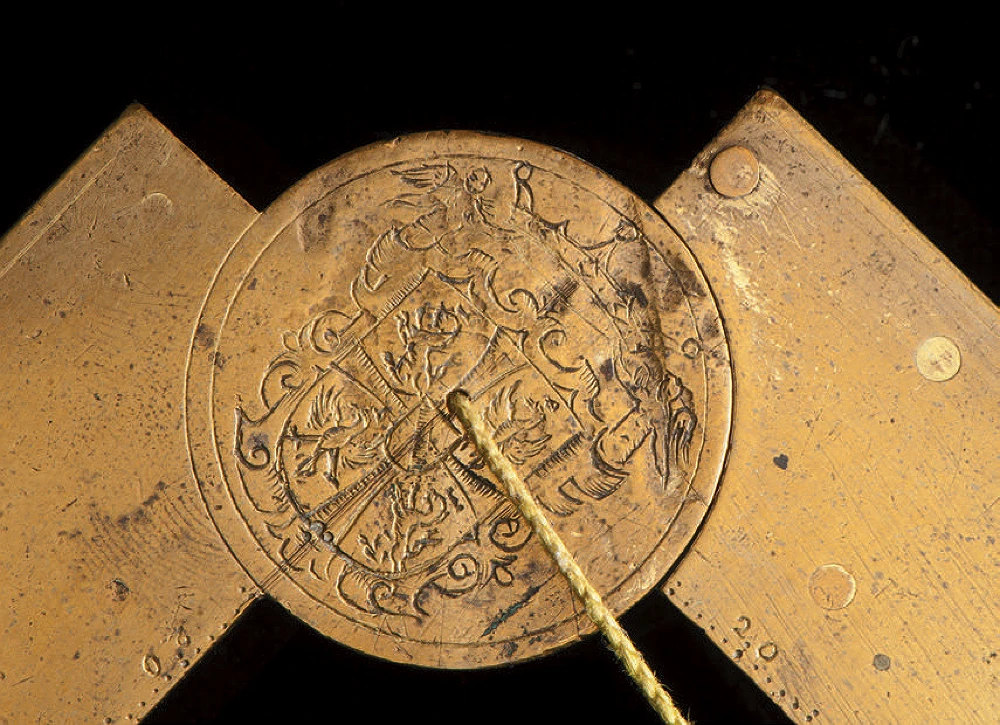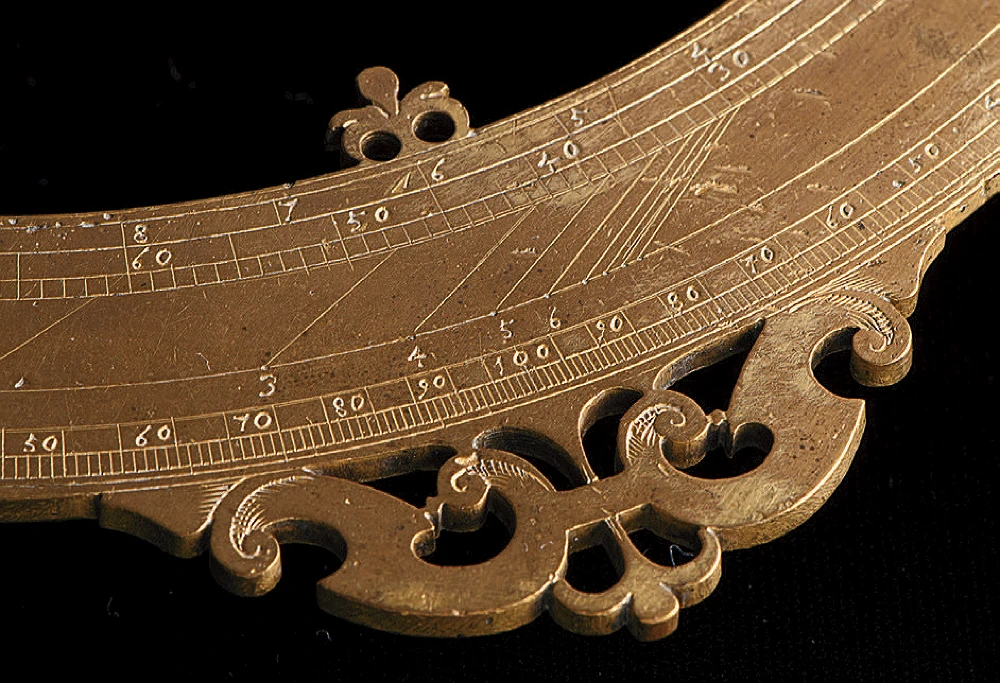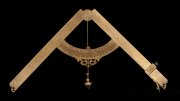Before Galileo Galilei turned his telescope skyward, he had already begun to burnish his reputation on the ground with another invention: a geometric and military compass. He began work on the device—known today as a sector, with two legs and a plumbline—in the 1590s. The concept already existed, but Galileo vastly improved the basic design by adding extra scales for greater precision and versatility. His version could be used by artillerymen to determine the cannon angles needed to hit certain targets; it could also be deployed quickly to calculate other proportional measurements, like cube roots and compound interest.

His compass became “a tool of power,” says professor of the history of science Hannah Marcus: it turned Galileo into “one of the first celebrity scientists.” He sold roughly 100 of them; he also wrote and published a manual of sorts in 1606. But he left out key details, Marcus says: “You can’t really figure it all out from the manual.” So those who wanted to learn how to use the compass paid for private lessons—a side job that earned Galileo three times his salary as a mathematics professor at the University of Padua. Marcus summarizes: “He’s getting rich off of this thing.”

The device also served to advance Galileo’s ambition. The compass shown—on display at Harvard’s Collection of Historical and Scientific Instruments, which Marcus directs—features the coat of arms of the Gonzaga family. In 1604, Galileo gifted this compass to Federico II Gonzaga, Duke of Mantua, likely in an attempt to curry favor and secure a court position. This act foreshadowed a similar one in 1610, when he presented his newly invented telescope to the Medici family—ultimately earning him the title of court philosopher and mathematician. “The big innovation here,” Marcus says, “is the way that he’s using this instrument, his own personal expertise, and [the medium of] print to manage his own fame and access to scientific knowledge.”
The story of the compass illuminates a lesser-known chapter of Galileo’s life—and serves as a reminder that even history’s greatest minds understood the art of branding. Long before his name became synonymous with the heavens, Galileo was busy calculating his own ascent, one proportion at a time.









